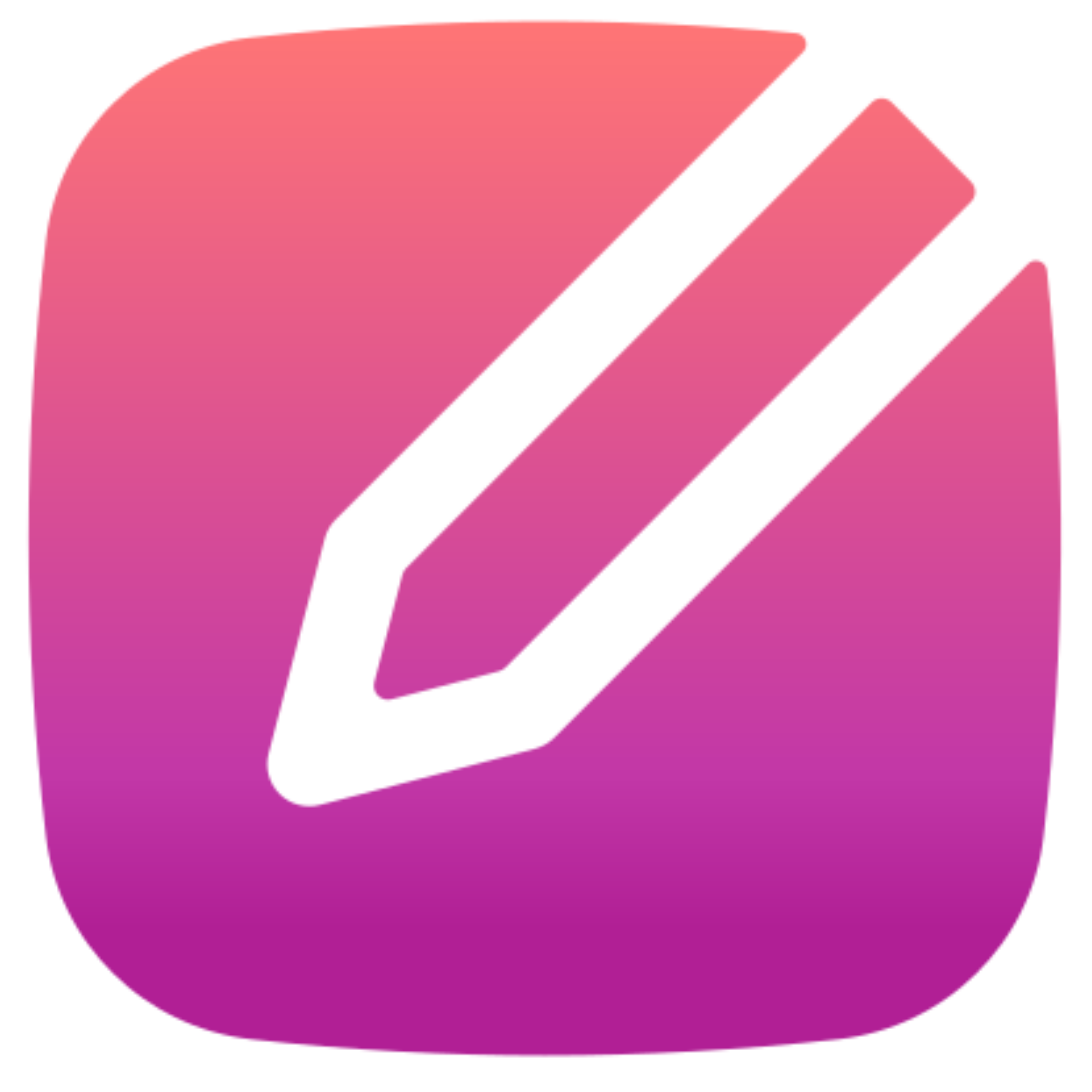Introduction
Deforestation is a critical global issue that has far-reaching consequences for the environment, biodiversity, climate, and human societies. As the Earth’s forests are cleared at alarming rates, understanding deforestation’s causes, effects, and potential solutions becomes increasingly important. This article aims to provide a comprehensive overview of deforestation, exploring its multifaceted impact and discussing viable strategies to mitigate its negative consequences.
What is Deforestation?
Deforestation refers to the large-scale removal of trees and forested areas, resulting in the conversion of these lands for non-forest use. This process can involve the clearing of natural forests by logging, agriculture, infrastructure development, and other activities that lead to the permanent destruction of tree cover. Deforestation significantly alters ecosystems, contributing to various environmental, economic, and social challenges.
Historical Context of Deforestation
Deforestation is not a new phenomenon. Throughout history, humans have cleared forests for agricultural purposes, settlement expansion, and resource extraction. Ancient civilizations, such as those in Mesopotamia, the Indus Valley, and along the Nile, practiced deforestation to make way for farming and urban development. However, the scale and speed of deforestation have increased dramatically in modern times, driven by technological advancements and a rapidly growing global population.
Current Trends in Deforestation
In recent decades, deforestation has accelerated, particularly in tropical regions like the Amazon, Southeast Asia, and Central Africa. The Food and Agriculture Organization (FAO) estimates that approximately 10 million hectares of forest were lost each year between 2015 and 2020. This alarming rate of deforestation is fueled by various factors, including the expansion of agriculture, logging activities, infrastructure projects, and mining operations.
Deforestation and Land Use Change
Deforestation often results in land use change, where forested areas are converted into agricultural lands, pastures, urban areas, or mining sites. This change in land use has profound implications for the environment and local communities. For instance, converting forests into agricultural fields can lead to soil degradation, loss of biodiversity, and changes in local climate patterns. Similarly, urban expansion into forested areas can disrupt wildlife habitats and increase human-wildlife conflicts.
Types of Deforestation
Deforestation can be classified into several types based on the causes and methods used:
- Clear-Cutting: This involves the complete removal of trees in a specific area, often for timber extraction or to clear land for agriculture. Clear-cutting can lead to severe soil erosion and loss of habitat for wildlife.
- Slash-and-Burn Agriculture: In this method, trees and vegetation are cut down and burned to create agricultural land. While this technique can provide short-term agricultural benefits, it often results in long-term soil degradation and loss of biodiversity.
- Selective Logging: This practice involves the removal of specific tree species while leaving others intact. Although less destructive than clear-cutting, selective logging can still lead to forest fragmentation and ecological imbalance.
- Urbanization: As cities expand, forests are often cleared to make way for housing, infrastructure, and industrial activities. Urbanization leads to permanent loss of forest cover and increased pressure on remaining natural resources.
Geographic Hotspots of Deforestation
Certain regions are particularly affected by deforestation due to their rich biodiversity and economic activities. The Amazon rainforest, often referred to as the “lungs of the Earth,” is one of the most critical areas experiencing significant deforestation. Southeast Asia, including countries like Indonesia and Malaysia, faces extensive deforestation due to palm oil plantations and logging. Central Africa, home to the Congo Basin, also suffers from high rates of deforestation driven by agriculture and mining.
Measuring and Monitoring Deforestation
Advancements in technology have improved our ability to measure and monitor deforestation. Satellite imagery, remote sensing, and Geographic Information Systems (GIS) are widely used to track changes in forest cover over time. These tools provide valuable data for researchers, policymakers, and conservationists to understand the extent and impact of deforestation and to develop effective strategies for mitigation.
Economic Drivers of Deforestation
Economic factors play a significant role in driving deforestation. The demand for agricultural products, such as soy, palm oil, and beef, incentivizes the clearing of forests to create arable land. Logging activities, both legal and illegal, are driven by the global demand for timber and paper products. Additionally, mining operations and infrastructure projects, such as road construction and hydroelectric dams, contribute to the loss of forested areas. Balancing economic development with environmental conservation remains a significant challenge in addressing deforestation.
Social and Cultural Aspects of Deforestation
Deforestation has profound social and cultural impacts, particularly on indigenous communities and local populations who rely on forests for their livelihoods, cultural practices, and well-being. The destruction of forests can lead to the displacement of these communities, loss of traditional knowledge, and erosion of cultural heritage. Engaging and empowering local communities in conservation efforts is essential for creating sustainable solutions to deforestation.
The Role of Global Trade in Deforestation
Global trade significantly influences deforestation patterns. The demand for commodities like soy, palm oil, and beef often leads to the clearing of forests in producing countries. This deforestation is frequently driven by international markets and trade agreements that prioritize economic gains over environmental sustainability. Addressing the impact of global trade on deforestation requires international cooperation, sustainable trade practices, and consumer awareness.
Legal and Policy Frameworks
Legal and policy frameworks play a crucial role in regulating and mitigating deforestation. National and international laws, such as the Forest Code in Brazil or the European Union’s regulations on timber imports, aim to control illegal logging and promote sustainable forest management. However, the effectiveness of these laws often depends on robust enforcement mechanisms and political will. Strengthening legal frameworks and ensuring compliance are essential steps in combating deforestation.

The Role of Non-Governmental Organizations (NGOs)
Non-governmental organizations (NGOs) play a vital role in addressing deforestation by advocating for policy changes, conducting research, and implementing conservation projects. Organizations such as the World Wildlife Fund (WWF), Greenpeace, and the Rainforest Alliance work to raise awareness about deforestation, protect endangered species, and promote sustainable land-use practices. Collaboration between NGOs, governments, and local communities is crucial for the success of conservation initiatives.
Technological Innovations in Forest Conservation
Technological innovations offer new opportunities for forest conservation and management. Drones, for example, are increasingly used for monitoring forest health, detecting illegal logging, and mapping deforested areas. Blockchain technology is being explored to ensure the traceability and transparency of forest products, helping to combat illegal logging and promote sustainable trade. Embracing these innovations can enhance our ability to protect and restore forest ecosystems.
The Future of Forests
The future of forests depends on our collective actions to address the causes and consequences of deforestation. Sustainable land-use practices, reforestation efforts, and the preservation of existing forests are essential for maintaining the ecological balance and ensuring the well-being of future generations. International cooperation, strong legal frameworks, and community involvement are key to creating a sustainable future for our planet’s forests.
The Importance of Forest Conservation
Forest conservation is crucial for maintaining biodiversity, regulating climate, and supporting the livelihoods of millions of people. Forests provide essential ecosystem services, such as clean air and water, soil stabilization, and carbon sequestration. Protecting and restoring forests is not only an environmental imperative but also a social and economic necessity. By valuing and conserving forests, we can contribute to a healthier, more sustainable planet.
Personal Responsibility in Combating Deforestation
Individuals can play a significant role in combating deforestation through informed choices and actions. Supporting sustainable products, reducing paper and wood consumption, and participating in reforestation projects are practical steps that individuals can take. Additionally, advocating for policies that protect forests and raising awareness about the importance of forest conservation can contribute to collective efforts to address deforestation.
Causes of Deforestation
Agricultural Expansion
Agricultural expansion is a leading cause of deforestation, driven by the growing demand for food, livestock, and biofuels. As populations increase and diets change, vast tracts of forest land are converted into agricultural fields. The cultivation of crops such as soy, palm oil, and cattle ranching are primary drivers behind the extensive deforestation in regions like the Amazon rainforest.
Logging
Commercial logging, both legal and illegal, plays a significant role in deforestation. Trees are harvested for timber, paper, and other wood products, often leading to the degradation and fragmentation of forests. Illegal logging, in particular, poses a severe threat as it operates outside regulatory frameworks, causing uncontrolled and often irreversible damage to forest ecosystems.
Infrastructure Development
Infrastructure development, including the construction of roads, dams, and urban expansion, contributes substantially to deforestation. Roads built through forests facilitate further land clearing for agriculture and human settlements. Urbanization demands land for housing, commercial spaces, and industrial activities, leading to the permanent loss of forested areas.
Other Causes
Other factors contributing to deforestation include mining activities, which require large areas of land for extraction processes, and the spread of invasive species that alter natural forest dynamics. Additionally, forest fires, often exacerbated by human activities and climate change, result in significant tree loss and ecosystem disruption.
Effects of Deforestation
Environmental Impact
Deforestation has profound environmental impacts, including soil erosion, loss of soil fertility, and disruption of the water cycle. The removal of trees destabilizes the soil, leading to increased runoff, sedimentation in waterways, and a decline in water quality. The loss of forest cover also reduces the land’s ability to retain water, affecting local and regional climates.
Biodiversity Loss
Forests are home to a vast array of species, many of which are endemic and rely on these habitats for survival. Deforestation leads to habitat destruction, fragmentation, and the subsequent decline in biodiversity. Many species face extinction as their natural habitats are destroyed, disrupting ecological balance and reducing genetic diversity crucial for ecosystem resilience.
Climate Change
Forests play a vital role in regulating the Earth’s climate by absorbing carbon dioxide during photosynthesis. Deforestation contributes to climate change by releasing stored carbon dioxide into the atmosphere when trees are cut down and burned. This increase in greenhouse gases exacerbates global warming, leading to more frequent and severe weather events, rising sea levels, and shifts in climatic patterns.
Economic and Social Consequences
Deforestation affects local communities and economies that depend on forest resources for their livelihoods. Indigenous peoples, who have traditionally lived in harmony with forest ecosystems, often lose their homes and cultural heritage. Additionally, the loss of ecosystem services provided by forests, such as clean air and water, impacts human health and well-being.
Solutions to Deforestation
Reforestation and Afforestation
Reforestation, the process of replanting trees in deforested areas, and afforestation, the establishment of new forests on previously non-forest land, are critical strategies to combat deforestation. These efforts help restore ecosystems, improve biodiversity, and sequester carbon dioxide, mitigating climate change. Successful reforestation projects require careful planning, native species selection, and community involvement to ensure sustainability.
Sustainable Forestry
Sustainable forestry practices aim to balance the economic benefits of logging with the need to preserve forest ecosystems. This approach includes selective logging, reduced impact logging techniques, and the certification of forest products through initiatives like the Forest Stewardship Council (FSC). Promoting sustainable forestry helps maintain forest health, protect biodiversity, and support local economies.
Legislation and Policy Measures
Effective legislation and policy measures are essential for curbing deforestation. Governments and international organizations must enforce laws that protect forests, regulate land use, and combat illegal logging. Policies promoting sustainable land management, incentivizing conservation efforts, and supporting indigenous land rights are crucial for preserving forested areas.
Community Involvement and Education
Engaging local communities in conservation efforts and raising awareness about the importance of forests are vital for long-term success. Community-based forest management empowers residents to protect and sustainably use forest resources. Educational programs can foster a sense of stewardship and encourage practices that reduce deforestation, such as agroforestry and sustainable agriculture.
FAQs
Q: Why is deforestation a global concern?
A: Deforestation is a global concern due to its extensive environmental, climatic, and social impacts. It contributes to biodiversity loss, climate change, and the disruption of ecosystem services, affecting both local and global communities.
Q: How does deforestation impact climate change?
A: Deforestation impacts climate change by releasing stored carbon dioxide into the atmosphere when trees are cut down and burned. This increase in greenhouse gases contributes to global warming and alters climatic patterns.
Q: What are some effective ways to combat deforestation?
A: Effective ways to combat deforestation include reforestation and afforestation, sustainable forestry practices, enforcement of legislation and policy measures, and involving local communities in conservation efforts.
Q: How can individuals help reduce deforestation?
A: Individuals can help reduce deforestation by supporting sustainable products, reducing paper and wood consumption, participating in reforestation projects, and advocating for policies that protect forests.
Q: What role do forests play in maintaining biodiversity?
A: Forests provide habitat for a vast array of species, supporting biodiversity and maintaining ecological balance. They offer food, shelter, and breeding grounds essential for the survival of many plants and animals.
Conclusion
Deforestation is a complex issue with profound implications for the environment, climate, biodiversity, and human societies. Addressing this challenge requires a multifaceted approach, incorporating reforestation efforts, sustainable forestry, effective legislation, and community involvement. By understanding the causes and effects of deforestation and implementing practical solutions, we can work towards a more sustainable future, ensuring the preservation of our planet’s vital forest ecosystems for generations to come.


